Leaving Highbury wasn't easy, but Arsenal needed room to grow. They considered buying Wembley, but the FA shut the idea down. Instead, they chose Ashburton Grove, just 460 meters away, securing more seats, financial stability, and a bright future.
From Highbury's legacy to Emirates Stadium's grandeur, Arsenal's home is a football lover's dream. Opened in 2006 with 60,704 seats, it has witnessed iconic goals, fierce rivalries, and even blockbuster concerts. Want to appreciate its history truly? You'll find all the best stories right here.
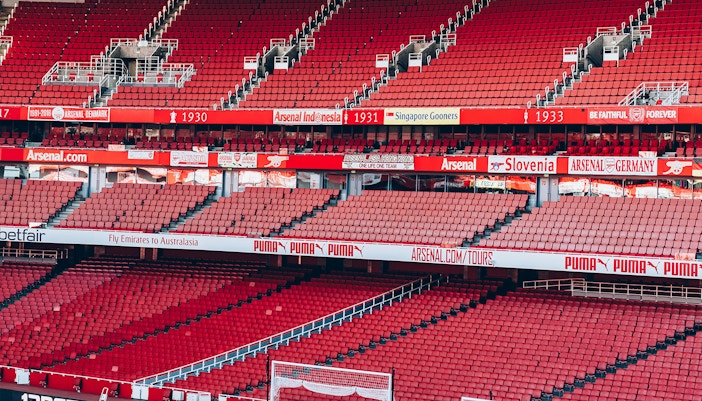
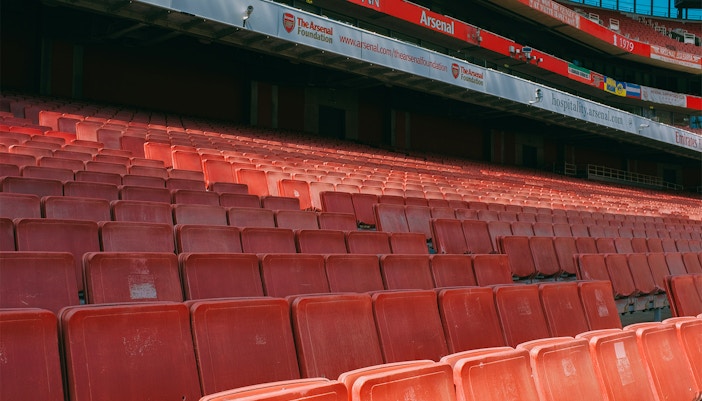

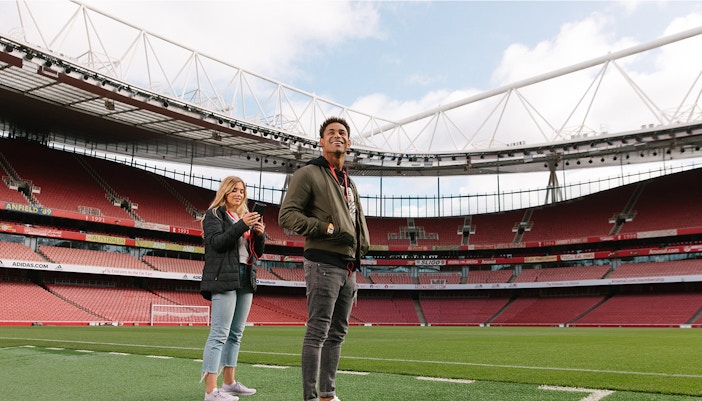
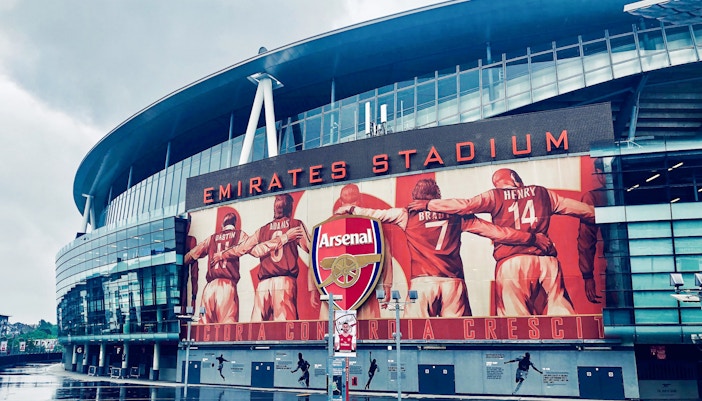

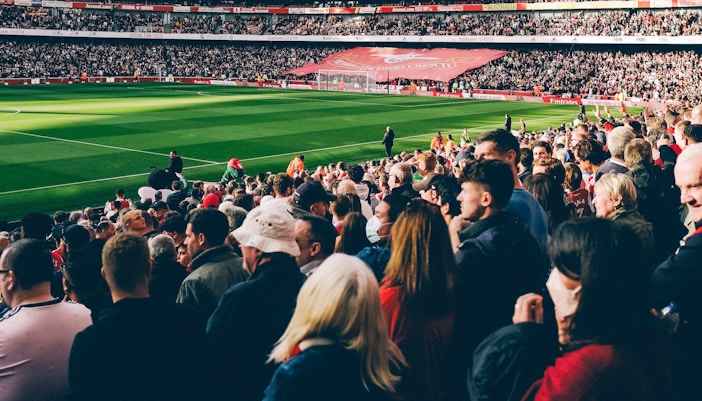
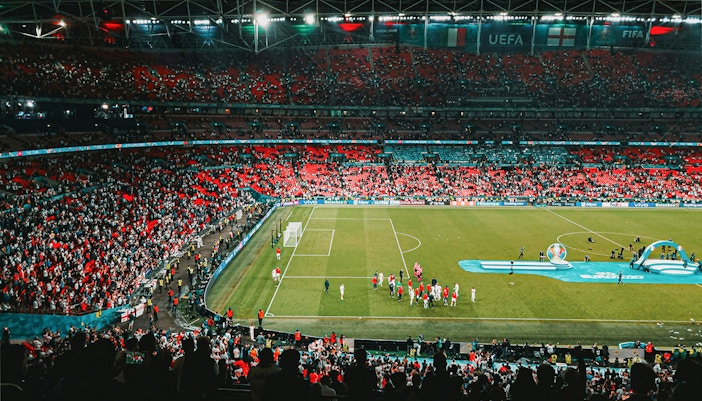
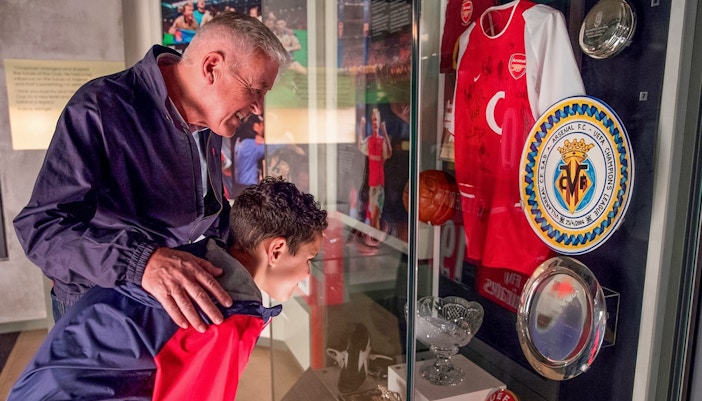
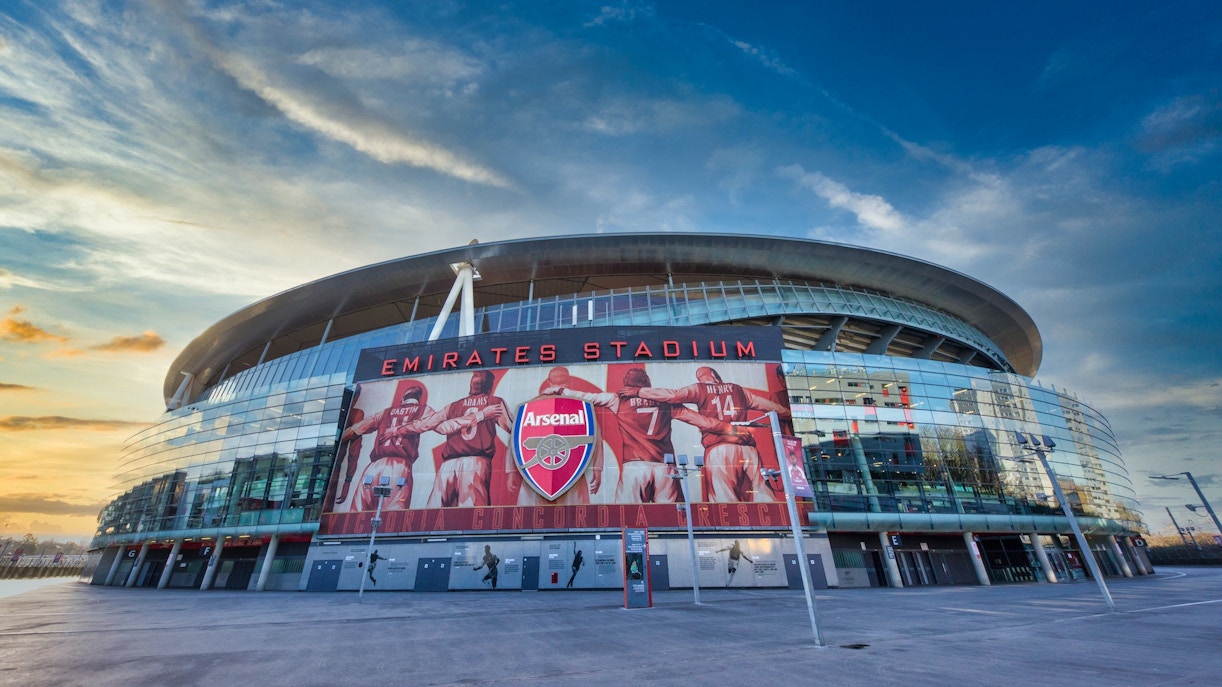
Because the pitch is that perfect! With its flawless surface and top-tier maintenance, it's one of the best in football—so smooth, like playing on a luxury carpet.
Through "Arsenalisation"—a project that brought murals, statues, and tributes to club legends, ensuring Highbury's spirit lives on in Arsenal's modern home.
Yes! It was one of the first Premier League stadiums to feature a green roof, helping reduce its carbon footprint and boost sustainability.
Construction kicked off in February 2004 and wrapped up by July 2006—just two and a half years to create Arsenal's modern football fortress.
From Coldplay and Bruce Springsteen concerts to boxing matches and the 2012 Olympic football games, Emirates Stadium isn't just for football—it's a stage for unforgettable events.
Yes! Iconic pieces like Highbury's famous clock were brought over, keeping Arsenal's rich history alive in their modern home.